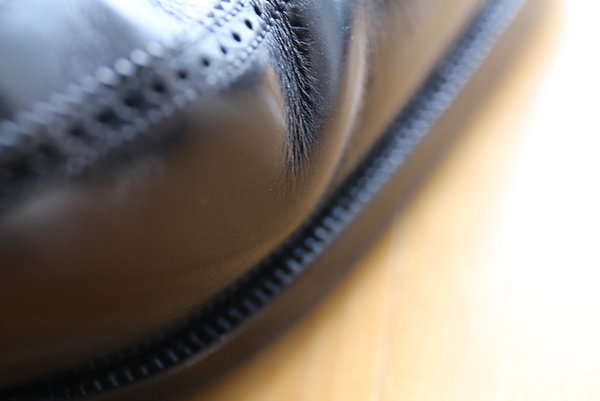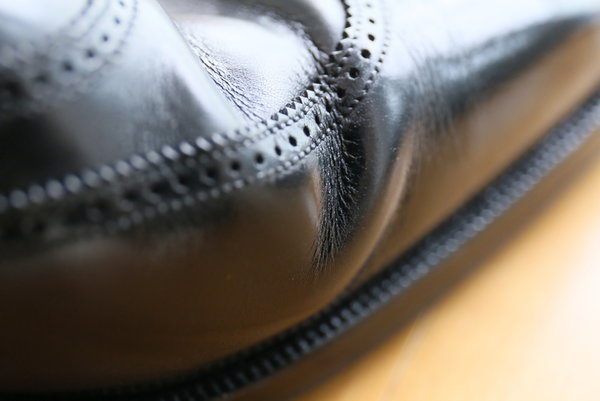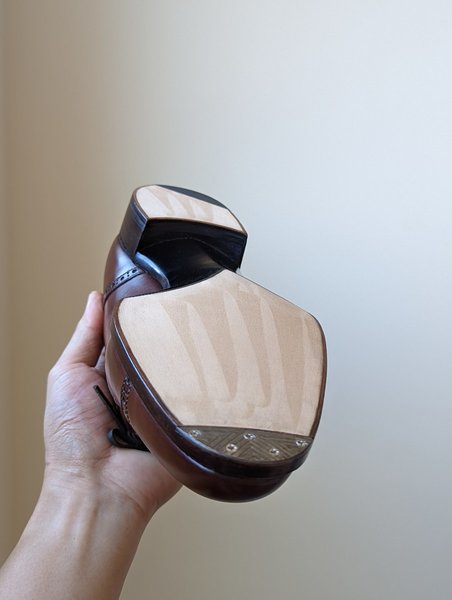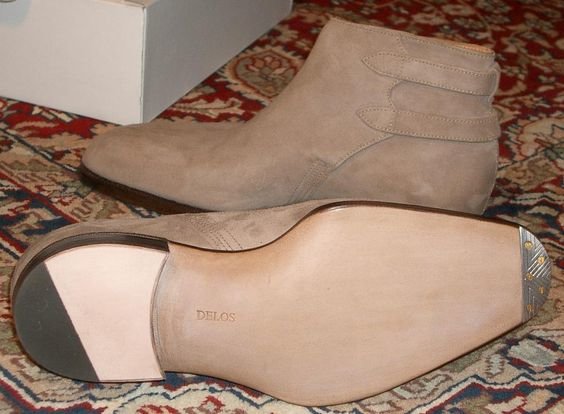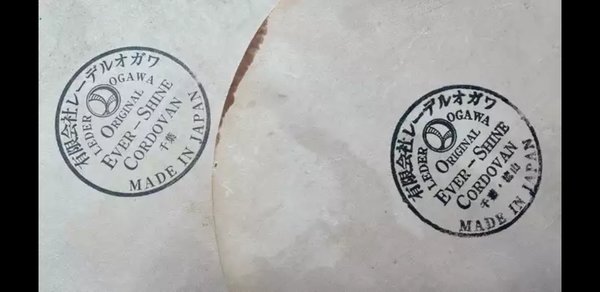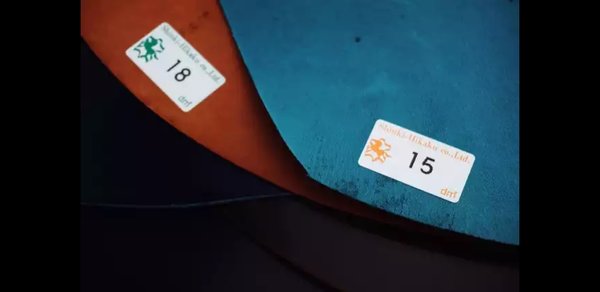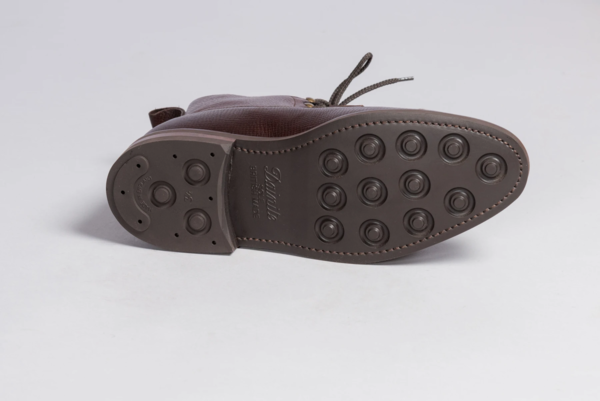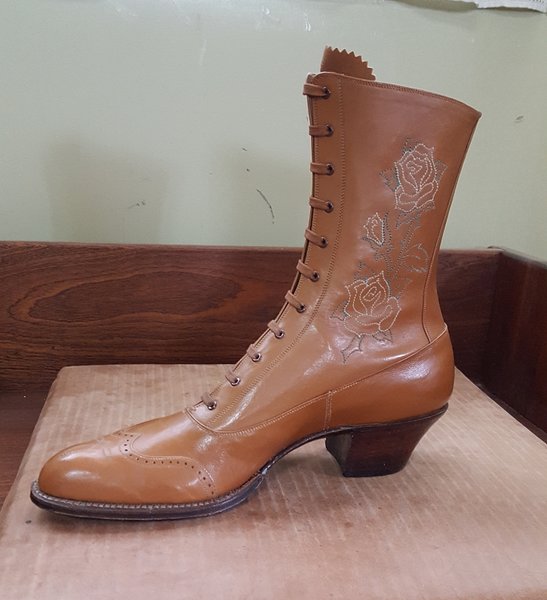- Joined
- Jan 8, 2008
- Messages
- 10,132
- Reaction score
- 5,714
Thank you for your observations. I would guess that the three measurements you use are joint, waist and instep. Is that right?
The fact that you say the method has been "pared back" is my understanding, as well. I suspect that's why I haven't met any other makers who use as many measurements as I do.
I confess to believing that, in this case at least, more is simply more--the more data I collect about the foot the more comfortable I am.
I am in agreement with most of your remarks and your last sentence 100%.
That said...not arguing and with all due respect...I find that the pedograph is more important to me than the outline, but I do take an outline, as well.
The pedograph tells me where the plantar surface of the foot is touching ground. And that, in turn, that tells me how wide the insole should be at both the heel and the joint. I have found, over the years, that too wide an insole is just as problematic as too narrow an insole.
And I find that because feet can be flaccid or rigid, muscular or lean, the outline can mislead me in determining the size and width of the plantar surface of the foot.
Horses for courses and whatever works for you. It's the results that count...proof is in the pudding, as who should say. Like I said, sometimes I come across a technique or approach that works well in someone else's hands but doesn't work for, or make sense to, me.

I tell you all this on the off chance it makes some sense to you and you can use it...all or part.
edited for punctuation and clarity
The method I was taught, and the one generally used where I used to work, has been pared back to the absolute minimum over 150+ years of refinement - an outline and 3 measurements around the foot. Most people I've worked with add a few extras and I've added a couple of things which make sense to me but nothing revolutionary.
The outline is the most important part, that provides all the length and width information you need without resorting to size sticks or any devices like that. Once it's on the paper you've got all the necessary details.
I don't buy into pedographs, foam boxes etc personally, there's no information gained with them that feeds into how I work any better than a good outline does. I suppose it's accurate to say I'm not all that interested in how the foot actually is, any more than a tailor is interested in the shape of your pectoral muscles - I'm using the information to determine how I want to foot to be once it's inside the shoe.
I don't advocate cutting open a shoe either, I've never felt the need to and I can't figure out what there is to be gained. Would slicing open the chest of a jacket show the tailor why the lapels are flaring open? It would stop him seeing what's wrong after it's been cut, that's for certain.
Other people use the various methods above to good results, and what's most important is using what works best for you personally. My way isn't "correct" for anyone but me.
Thank you for your observations. I would guess that the three measurements you use are joint, waist and instep. Is that right?
The fact that you say the method has been "pared back" is my understanding, as well. I suspect that's why I haven't met any other makers who use as many measurements as I do.
I confess to believing that, in this case at least, more is simply more--the more data I collect about the foot the more comfortable I am.
I am in agreement with most of your remarks and your last sentence 100%.
That said...not arguing and with all due respect...I find that the pedograph is more important to me than the outline, but I do take an outline, as well.
The pedograph tells me where the plantar surface of the foot is touching ground. And that, in turn, that tells me how wide the insole should be at both the heel and the joint. I have found, over the years, that too wide an insole is just as problematic as too narrow an insole.
And I find that because feet can be flaccid or rigid, muscular or lean, the outline can mislead me in determining the size and width of the plantar surface of the foot.
Horses for courses and whatever works for you. It's the results that count...proof is in the pudding, as who should say. Like I said, sometimes I come across a technique or approach that works well in someone else's hands but doesn't work for, or make sense to, me.
I tell you all this on the off chance it makes some sense to you and you can use it...all or part.
edited for punctuation and clarity
Last edited:



